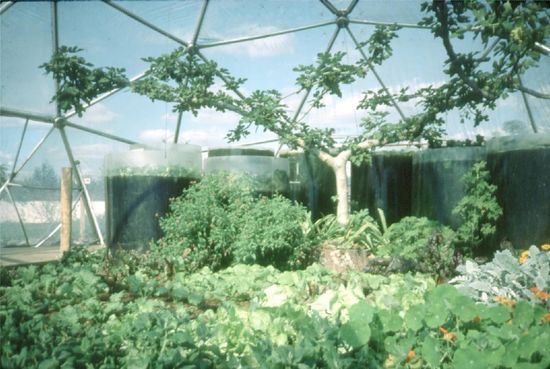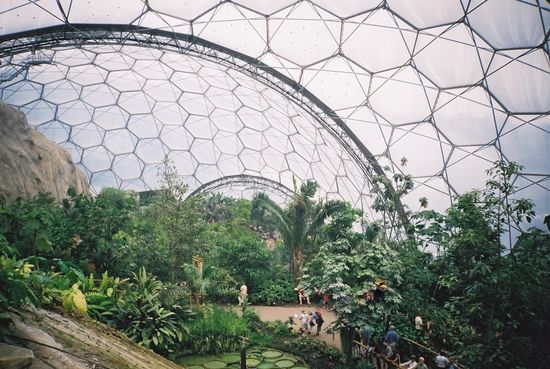Fluoropolymers


About
These are high-performance plastic materials such as PTFE ("Teflon") ETFE ("Tefzel"). They have very interesting properties such as UV resistance, elasticity, resistance to corrosion from most substances and very good high temperature performance. Fluoropolymer foil is useful as greenhouse covering and for Aluminum Extraction From Clays. The UV resistance of these materials results in long life, with up to 30 years reported with minimal degradation.
Also, UV transmission leads to a more "natural" light spectrum inside the greenhouse, suppressing microbes that may otherwise survive if UV light is blocked off. Fluoropolymers are slowly catching on as greenhouse covering but are still much more expensive than current alternatives such as polyethylene and polycarbonate. This may be due to lower overall production volume rather than inherently higher cost of the process. Drawbacks include high cost (10x that of polycarbonate), susceptibility to puncture holes and movement/wind, which is why fluoroplastic foil is often inflated as cushions (see images: "Pillow Dome" and "Eden Project"). Thicker membranes are possible but much more expensive.
Uses
- greenhouse covering (as foil)
- corrosion-resistant containers and equipment
Internal Links
- Chloropolymers (Due to Chlorine from Brine Chlorine is a more Appropriate Material compared to Fluorine, however probably won't be able to get to the same level of performance, or even similar plastics due to just chemistry )
- Fluoroelastomers
- Pillow Dome
External Links
- J. Baldwin publications from: The Journal of the New Alchemists (both .pdf): "The Pillow Dome" (1985) and "A Dome Bioshelter as a Village Component" (1981)
- American Durafilm: "It’s Easy Being Green with Tefzel® ETFE: 8 Great Properties" and "4 Advantages of Tefzel® ETFE Film for a Greenhouse Covering"
- BuildItSolar: "DuPont Plastic Film Glazing"
- F-CLEAN is a Dutch supplier of ETFE film for horticultural greenhouses (useful technical information there)